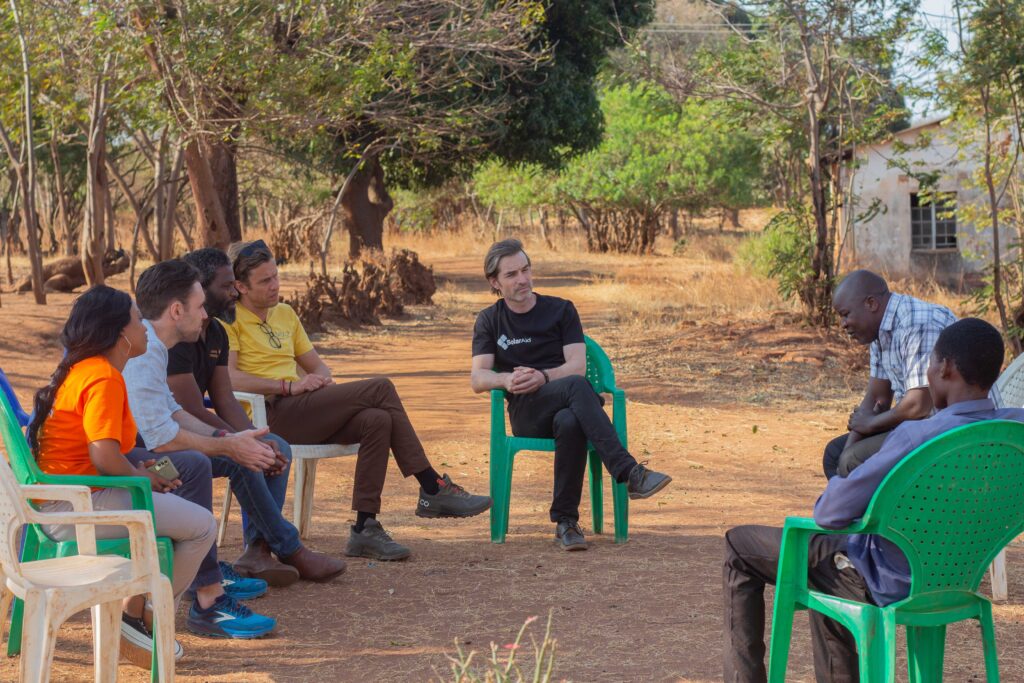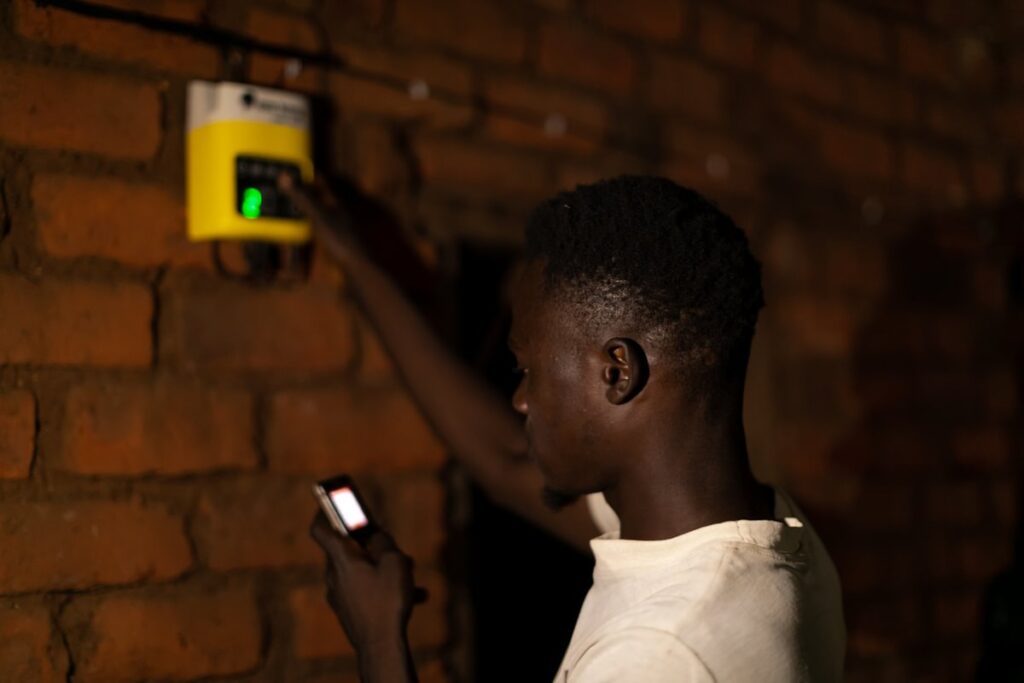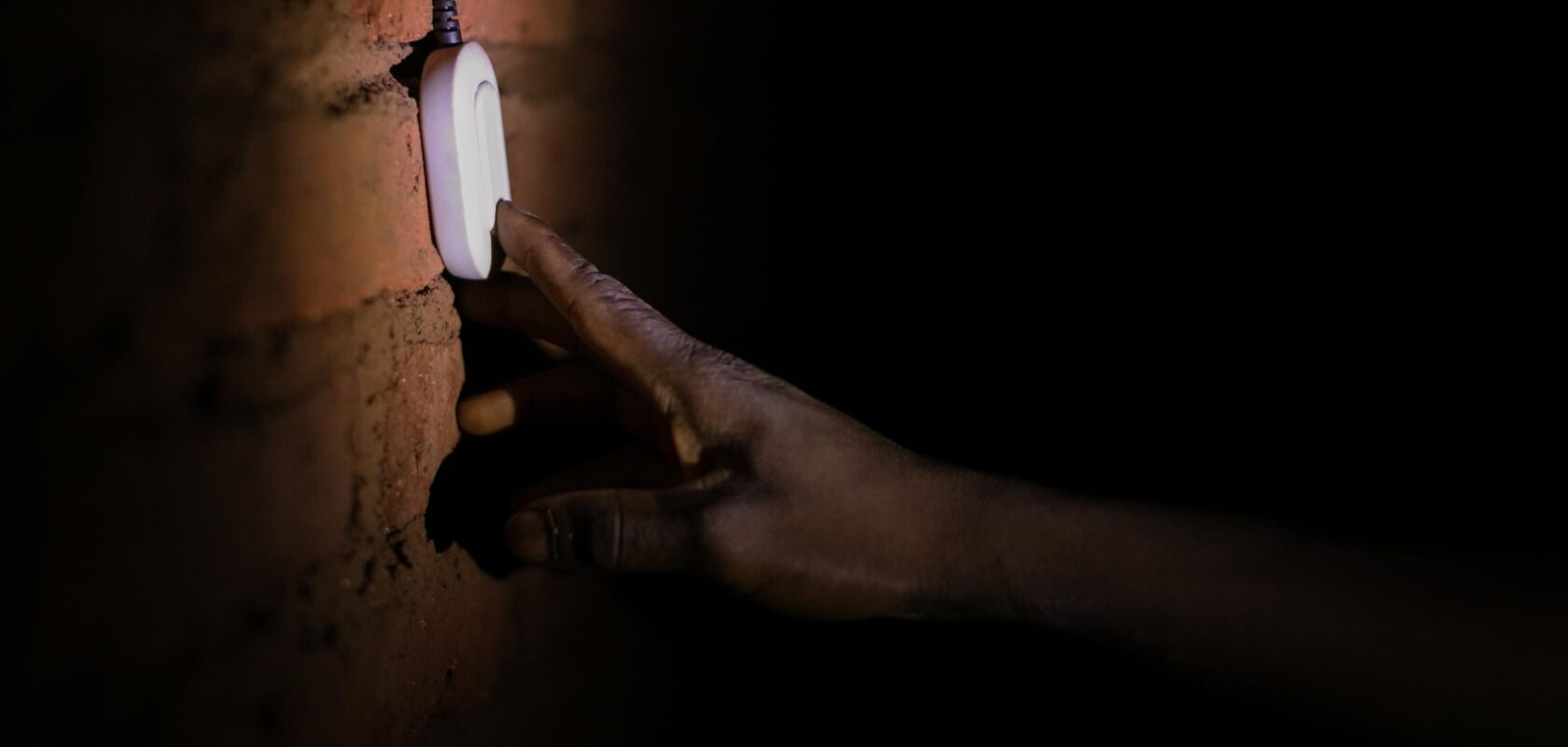Who’s measuring energy access where it matters?
Thousands of solar companies and distributors are operating across sub-Saharan Africa. In fact, 253 million solar lanterns and multi-light systems have been distributed across the continent since 2010.
Yet, 565 million people live without access to electricity. And current projections indicate that 545 million people will still be without access by 2030.
It is the poorest people and communities, those most vulnerable to the impacts of the unfolding climate crisis who are always the last to gain access. The last to have their needs met, if at all.
What does this tell us? There are calls for ‘game-changing action’. For me, that starts with intentionality: making sure the people still left without access, are the first to gain access, not the last.
For me, that also means understanding energy access at community level – what percentage of any given community has access and what kind? How many will still have access in five years time?
If we do not ask these questions, how can we expect to achieve universal access for all? How will we know if we have achieved it? How will we deepen our understanding of those who have not been reached? Who they are, where they live, what their needs and challenges are.

SolarAid CEO John Keane, together with Chief Kasakula, alongside representative from REAL (Rural Energy Access Lab), in Kasakula, Malawi. Photo: SolarAid/Thomas J Nyangulu
100% Kasakula
It was in this spirit that we, together with the community leaders and representatives of the Traditional Authority of Kasakula in Malawi, set an ambitious goal: connecting every single household living without access to electricity within Kasakula with a solar home system. 100% access through our Light a Village project.
That means 8,813 households, all 12 schools and the local health clinic.
I’m proud to say that today, on 26th August 2025, 100% will have been reached. That is a huge milestone that we are celebrating.
We set this goal to better understand what it takes to achieve 100% solar power access in one of the world’s poorest regions. Because with no connection to the national grid and 97% of residents living in extreme poverty, Kasakula is a typical example of the energy poverty that grips much of rural Africa.
What is significant is households are able to pay for energy at a price they can afford – less than candles or disposable batteries. That affordability makes access sustainable. Families are customers, not recipients of aid: if a system breaks, it’s repaired or replaced at no cost. This is why we call it Energy-as-a-Service – a lasting solution, not a temporary fix.
So what have we learned from achieving this milestone? One thing I know for certain is, we would not have achieved it if we had not set the goal in the first place.

Thauzeni Chibweza, customer, Kasakula, trying his new solar home system. Photo: SolarAid/Kondwani Jere.
Achieving universal energy access is hard, especially in the world’s most remote and impoverished communities, but not impossible. I believe that it has to start with 100% access being an actual tangible target, and not get lost in country-wide or continental-wide statistics.
Hitting this milestone is not job done – we are just getting started. We know that higher levels of electricity access are needed. We know that populations are growing, and we know that we need to ensure sustainability in the long term, so people can continue to benefit from clean, safe power not just in one year, but in 10 years and beyond.
But what this model is proving, is that it has the potential to fast-track access at scale across Malawi and other parts of sub-Saharan Africa. This is exactly what we are working on with our partners Easy Solar and Moon through the newly established Rural Energy Access Lab which is supporting our work in Kasakula as we all now focus on plans for further scale.
So, while there is much more work to do, today is a significant step in the right direction as we strive for inclusivity and universal access to energy. And for tonight, as I spend the night in Kasakula, it will be the first time knowing that every family around me can simply flick a switch and light their homes with clean, safe light as the sun sets. Now the challenge is clear, to make that a lived reality for everyone, everywhere.
